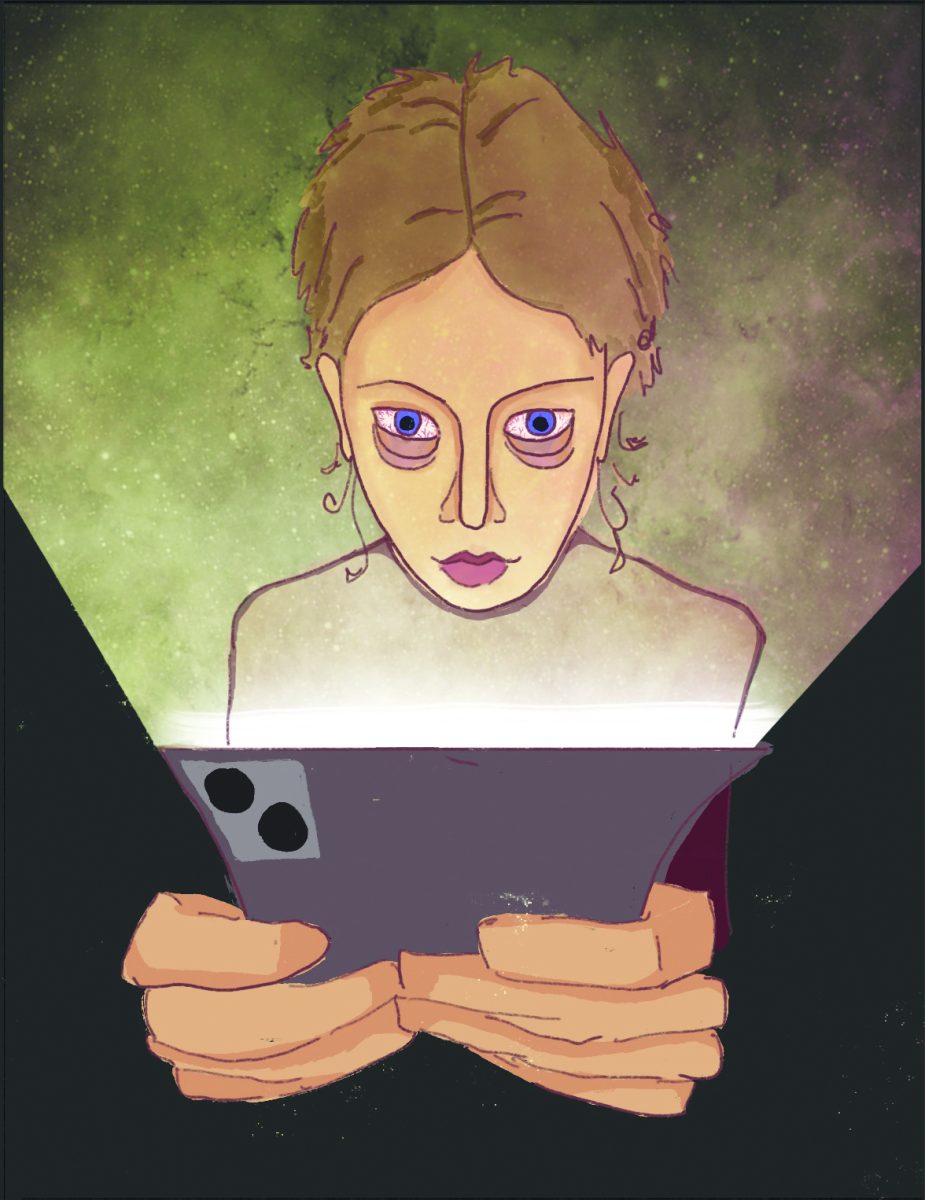How do you get your news? As in the majority of it, not the stray New York Times headlines you read in line at Starbucks. The chances are good that you absorb most of your knowledge of current events from different sources than your grandparents, parents, and even older siblings do. Print journalism is losing practicality (yes, I acknowledge the irony), and even televised newscasts are suffering from declining viewership.
How do you get your news? From Buzzfeed articles you happened to click on while taking a quiz about which Taylor Swift song matches your personality? From the Facebook trending list? We millennials are the future, and the way we consume journalism is changing. This phenomenon is important because it informs how we learn about the world around us, how we make decisions and form opinions. Knowing what’s going on in the world is an essential part of being an active, educated member of society. As such, I believe the gap between legitimate journalism and entertainment should be kept wide and cleanly divided.
Let’s look, for example, at Buzzfeed. I’ll be the first to say that I adore Buzzfeed: the random quizzes, the ‘Try-Guy’ videos, cool DIY ideas. Recently, Buzzfeed launched a sister website called Buzzfeed News. As the name suggests, Buzzfeed News writes and publishes news stories. It employs a staff of professional journalists and has a newsroom, editors, and fact-checkers. In short, everything expected of a legitimate journalistic organization.
I believe, however, that Buzzfeed has a slight presentation problem. In its current format, Buzzfeed places its news articles right alongside its quizzes, lists, and links to videos. While this format may seem like a convenient way to relax and educate yourself without changing URLs, in the long term, it confuses entertainment and journalism.
Not so long ago, one had to buy two different publications if one wanted to read about the Kenyan terrorist attack and the latest Kardashian scandal. Now the headlines are right next to each other–not only on Buzzfeed, but also on the Facebook Trending bar. And they shouldn’t be. By placing the two articles side-by-side, Buzzfeed suggests that the articles are of equal importance and hold equal weight, which is often not the case.
To place a serious article next to a lighthearted one shows, perhaps unintentionally, a lack of respect for more solemn news. An article about a bombing in the Middle East has no place next to a video called “35 Corgis Guaranteed to Brighten Your Day.” This practice fosters an escapist attitude toward current events that is unhealthy and unrealistic. Just because you can move your cursor a few inches to instantly immerse yourself in three minutes of corgi-filled bliss doesn’t mean you should.
By segregating the articles–Kardashians in OK! and terrorists in the New York Times–we keep the stories separate in our minds. One is entertainment; the other is journalism.




